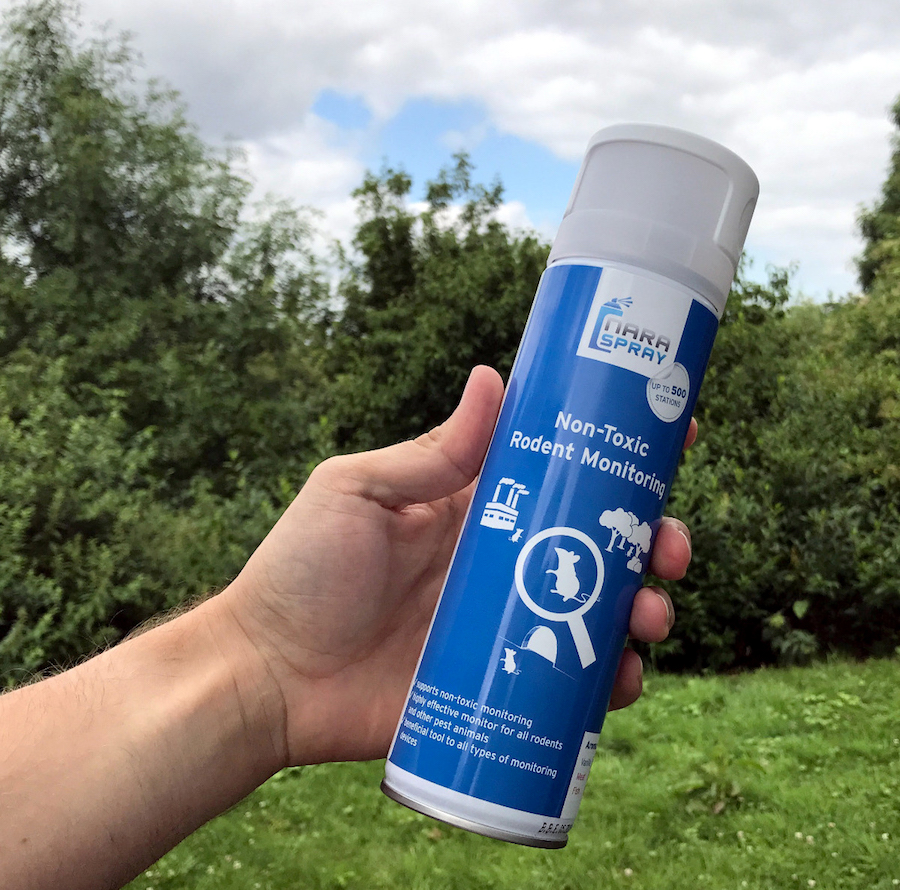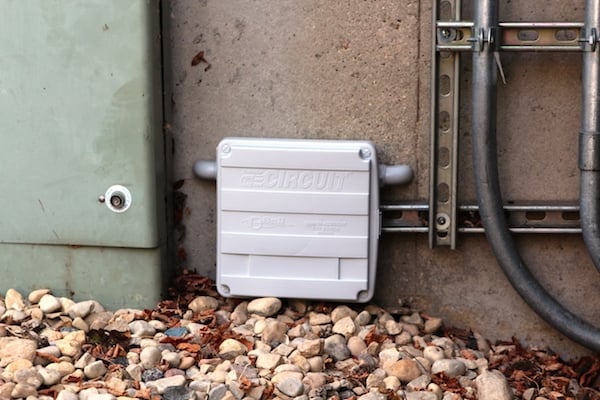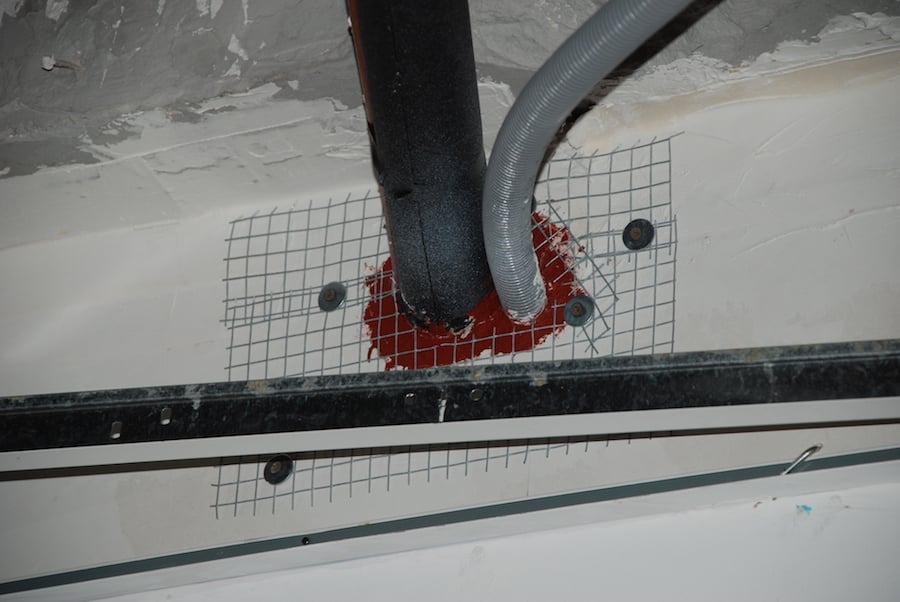
SECURE IN THE VAULT
The Vault Rat Station from Globe Pest Solutions offers flexibility and durability for even the most challenging rat baiting jobs.
Successful rodent control needs to follow a process, starting with a thorough inspection. Understanding the behaviour of rats and mice is essential in designing and implementing a rodent control program. But preventing recurring rodent problems requires to both remove food sources attracting the rodents and exclude rodents from the building.
Dr Bobby Corrigan, a globally recognised rodentologist, shares his 6 Steps towards great rodent control.
The AEPMA Code of Best Practice for Rodent Management is also a useful reference document.
As with any pest problem, a thorough inspection is required when investigating a rodent problem. Understanding which rodent species is present, where they are nesting, how they are entering the building and an estimate of numbers are essential information to design a suitable rodent control program. Check out our inspection tips for rodent control.
The three species of pest rodent the roof rat, brown rat and house mouse all have different behaviours which pest managers need to be aware of. Even understanding basic anatomy can be useful (Rat anatomy). Of particular use in inspections is understanding what the different rodent droppings look like.
More information on rodents.
With rodents able to squeeze through small gaps, rodent proofing a building can be a challenge. Keep the perimeter of the building clear of vegetation is a great start, as rodents don’t like to cross open spaces. Trimming back any branches that overhang the roof is important to prevent easy access for roof rats. Then it’s necessary to seal up all the small gaps that rodents can squeeze through. This article on rodent proofing in commercial accounts, provides a good overview as to what is required.
It’s important not to forget the reason why rodent control is important – they carry a range of parasites and can spread disease. Perhaps the most famous disease associated with rodents is the plague or black death, which is cause by a bacteria spread from a flea that lives on rats. More commonly in residential situations a rodent infestation can lead to problems with rat mites. Other diseases such as Leptospirosis can be spread through rodent urine and eating contaminated food. Another potential route in picking up diseases associated with rodents is when cleaning up after a rodent infestation.
Disposing of dead rodents should always be carried out when wearing gloves and the body should be placed in a bag and sealed before placing in the bin. However, one of the biggest issues in rodent control is cleaning up after a rodent infestation – when sweeping up rodent droppings there is a significant risk in inhaling dust which carries bacteria which can lead to infection. Follow these tips on cleaning up after rodents.
Articles on rat bait and mouse bait, and mouse traps and rat traps and other rodent research.

The Vault Rat Station from Globe Pest Solutions offers flexibility and durability for even the most challenging rat baiting jobs.

With the Nara range entering the Australian market, pest managers now have a new choice in non-toxic rodent control solutions.

With rodent season underway, now is the ideal time for pest managers to pause and recap the ‘three lines of defence’ approach to rodent control.

Rats and mice are pest species that cause enormous amounts of damage, food loss, health issues and more. We invest many resources in their control, with a strong emphasis on the use of toxic baits. But the world is changing. The use of anti-coagulant rodenticides is under grave threat in Europe, and increasing restrictions are being placed on rodenticides in the USA.

The first line of defence against rodents is simply to exclude them from a property by taking common sense precautions.

Dick Murray of PCT outlines the benefits of using PCT rodenticides First Formula and Pro Formula.

Summer is an opportunity to touch base with clients, ensuring IPM strategies are in place ready for the cooler months ahead.

Bell Labs’ glow-in-the-dark rodent bait hits the mark with pest managers looking for a non-toxic monitoring rodent block.
The drive to eradicate rodents from Big Green Island is gathering momentum.

Andy Knox from Bell Labs explains how to successfully bait rodent burrows.

Do you know all of the indicators to be looking out for during a rodent inspection? Read more below.

While all pest species present a nuisance to customers, it is worth remembering that rodents are well worth the time and effort to control due to the significant health risks they pose.